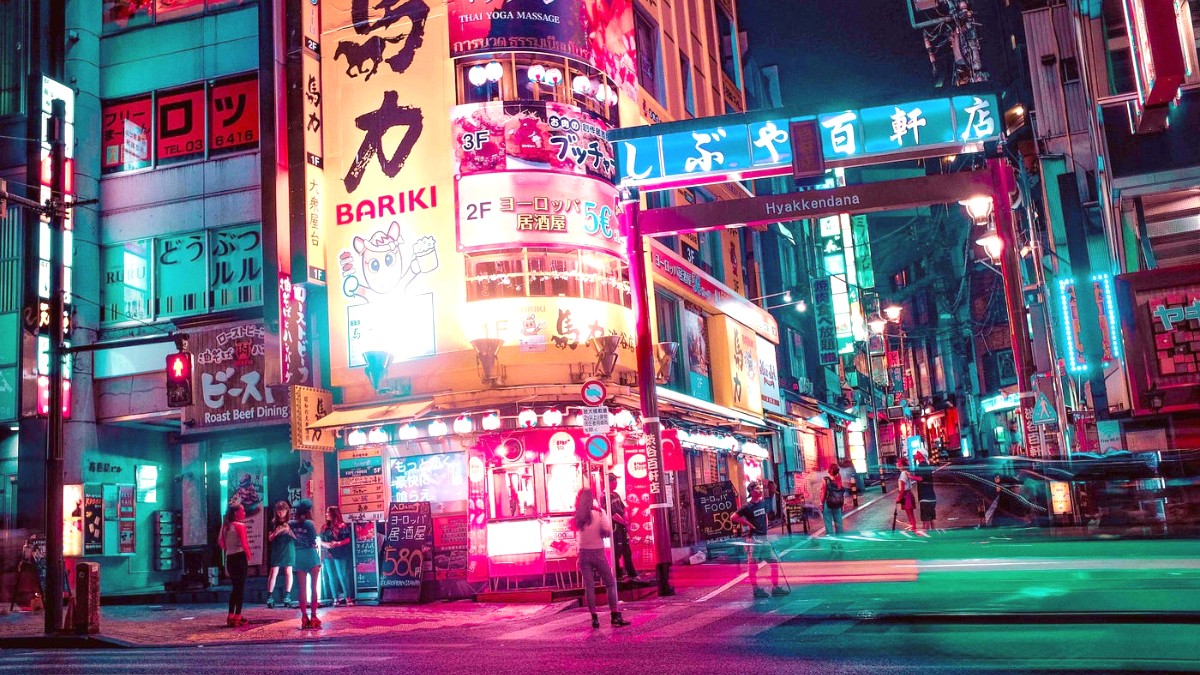
North Of Tokyo, Japan
Explore Nikko's world-famous treasures.
Nikko offers a collection of spiritual and historical sites, each with unique appeal. From the lavishly decorated Toshogu Shrine to the serene Kanmangafuchi Abyss, there's a range of experiences awaiting discovery.
Tickets for various attractions in Nikko, including the shrines and temples, can be booked through platforms like GetYourGuide, offering convenience for visitors.
Offers excellent photo opportunities from various angles, especially from the adjacent road bridge.
Different perspectives of the shrine complex unfold as you walk up.
Seek elevated spots for a broader view of Nikko town and its valley.
The serene riverside gorge with its rows of Jizo statues creates poignant photo opportunities.
Oku-Nikko trails reveal stunning natural landscapes often missed by main tourist routes.
Gain a understanding of Nikko's history and art.
Situated within the Toshogu Shrine complex. Displays treasures and artifacts related to Tokugawa Ieyasu and the shrine's history. Collection includes armor, swords, documents, and ceremonial items.
Admission: ¥1,000 (often included in combined shrine tickets). Open daily, similar hours to Toshogu Shrine.
Offers insight into the shogun's life and the shrine's significance.
Former summer residence of the Imperial Family. Features a blend of Edo, early Meiji, and Taisho period architectural styles. Includes exquisite craftsmanship and beautiful gardens.
Admission: ¥600. Open daily except Tuesdays (and Dec 29 - Jan 1). Hours typically 9:00 AM - 4:30 PM (last entry 3:45 PM).
Located in Oku-Nikko. Focuses on the natural history, geology, and ecology of Nikko National Park. Admission: ¥510. Good starting point for park exploration.
Nikko has limited dedicated modern art galleries. The shrines and temples serve as grand exhibitions of traditional Japanese art and architecture.
The area around the UNESCO World Heritage sites and central Nikko's main street retains a strong historical ambiance with traditional buildings, shops, and inns.
Nikko is a spiritual heartland with Rinnoji Temple (UNESCO site) and Kanmangafuchi Abyss (Jizo statues) offering profound spiritual experiences.
Step back in time at Nikko's sacred and imperial locations, rich in heritage.
Nikko National Park displays stunning natural beauty.
Discover serene gardens, breathtaking waterfalls, expansive lakes, and opportunities to observe wildlife within its volcanic landscapes.
Capture breathtaking vistas.
Enjoy serene green spaces, observe nature's inhabitants, and explore volcanic origins.
Offers panoramic views of Kegon Falls, Lake Chuzenji, and Mount Nantai from an observation deck. The ropeway ascent provides scenic vistas.
Enjoy Nikko's aquatic beauty and discover its volcanic origins.
Consider guided tours for understanding and convenience.
Explore the UNESCO sites with an expert guide for historical context and insights into the intricate carvings and architecture.
Convenient options to visit sites in Oku-Nikko, like Kegon Falls and Lake Chuzenji, without worrying about public transport schedules.
Specialized guides for hiking trails in Nikko National Park. They share knowledge about local flora, fauna, and geological features.
Utilize reputable online platforms for booking a variety of tours and activities in Nikko.
GetYourGuideConsider a private guide for a personalized experience tailored to your interests and pace.
For popular tours, especially during peak season, booking in advance is advisable.
Visit the Nikko Tourist Information Center for information on local tours and daily schedules.
Some tours offer combined tickets that include transportation and admission fees.
Capture the beauty of Nikko's attractions with these tips.
Information for travelers with mobility considerations.
Consider purchasing the Nikko Pass for unlimited bus travel around the area. It can be cost-effective if you plan to visit multiple attractions beyond central Nikko, like Oku-Nikko.
Verify the pass validity and coverage areas for your itinerary.
Nikko's beauty transforms with the seasons, offering distinct experiences throughout the year.
Cherry blossoms bloom, especially in late April to early May. The Toshogu Grand Spring Festival (May 17-18) features the Procession of 1,000 Samurai.
Cooler temperatures in Oku-Nikko provide a reprieve from city heat. Ideal for hiking and exploring lakes. Lush greenery is prominent.
autumn foliage covers the landscape, specifically around Lake Chuzenji and Ryuzu Falls. The Toshogu Grand Autumn Festival (Oct 16-17) takes place.
Snowfall transforms Nikko into a serene, picturesque wonderland. Fewer crowds offer a quiet exploration of the shrines and nature.
Opportunities for skiing and snowboarding are available in the Nikko Yumoto Onsen area.
Enjoying a hot spring bath is specifically invigorating during the cold winter months.
Some attractions and transportation services may operate on reduced schedules or close temporarily in winter.
Capture unique snow-covered landscapes and shrines. Pack appropriate gear for cold weather.
Beyond seasonal changes, various events mark the Nikko calendar.
Essential details for a smooth visit.